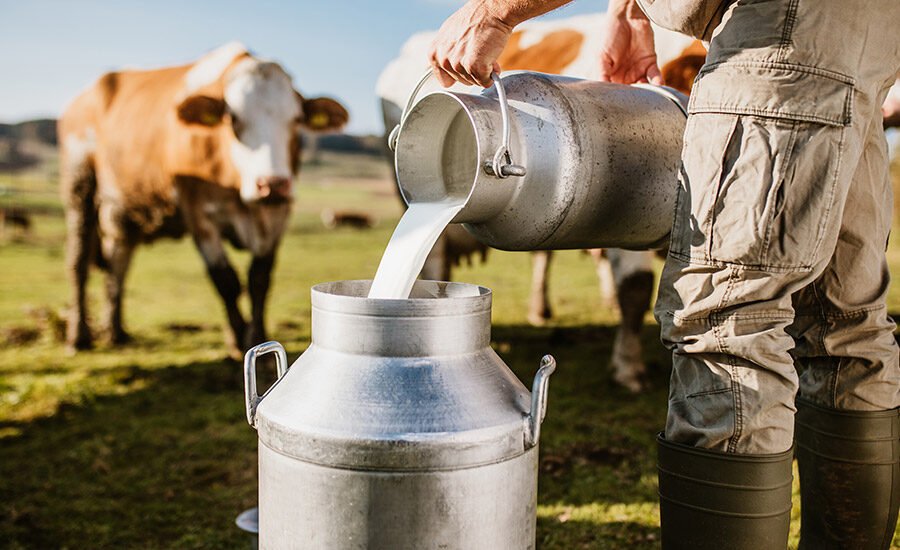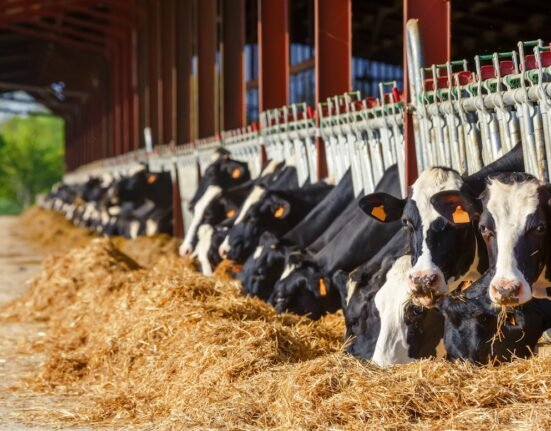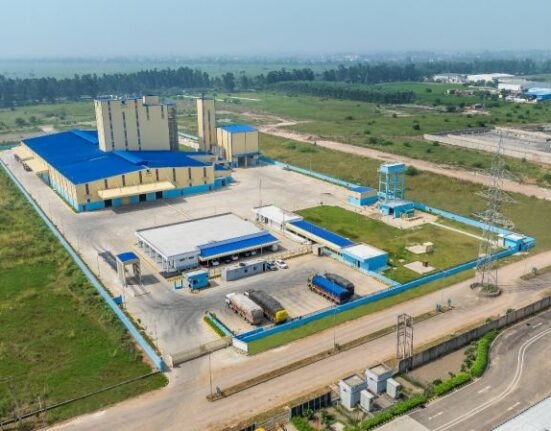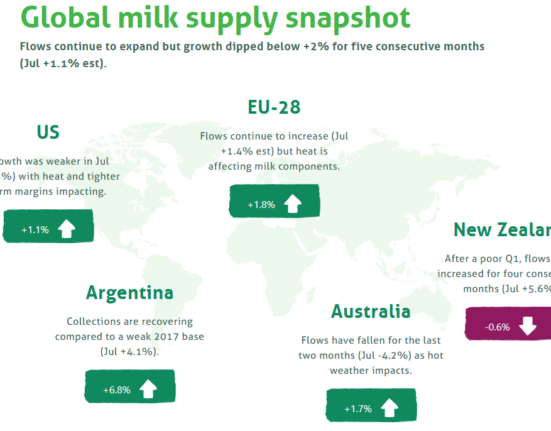Why High-Protein Claims Are Reshaping the Food and Beverage Industry
Once the domain of gym-goers and specialty nutrition, protein has now gone mainstream. From cold coffee drinks and pasta to yogurt and bread, high-protein has become the new buzzword in everyday food and beverage marketing.
The functional food trend‚ÄĒwhere products go beyond taste to offer tangible health benefits‚ÄĒis booming. At its core lies protein: versatile, affordable, and deeply embedded in consumer understanding of what‚Äôs “good for you.”
Protein Power: A Decade of Rising Demand
In the post-pandemic era, consumers have become more attuned to health-driven eating. ‚ÄúOver the past four years, we’ve seen a sharp rise in high-protein claims, coinciding with a growing interest in functionality and better-for-you foods,‚ÄĚ says Ananda Roy, Senior VP for Consumer Goods at Circana.
Keto and low-carb diets helped push the protein trend forward. But it was innovation across product categories that truly accelerated growth.
High-protein beverages‚ÄĒparticularly dairy-based ready-to-drink (RTD) shakes‚ÄĒhave emerged as market leaders. ‚ÄúWhile plant-based drinks initially drove the surge, it‚Äôs dairy-based beverages with added whey protein that now lead the way,‚ÄĚ Roy explains.
The protein push is evident in meal replacement shakes, sports supplements, and mainstream offerings alike. Brands like Grenade and Myprotein pioneered this territory, but now even G√ľ and Starbucks are releasing high-protein variants.
A Mixed Picture in the UK
While global momentum is clear, the UK market has seen fluctuating progress. Mintel‚Äôs Category Director Kiti Soininen notes that ‚Äėhigh-protein‚Äô claims appeared on 8% of food and drink products in 2019, dipped to 5% in 2023, then climbed back to 7% in 2024.
Interestingly, the growth isn‚Äôt limited to traditionally protein-rich products. ‚ÄúWe‚Äôve seen a rise in high-protein claims across desserts, yogurts, cereals, pasta, bread, and even cold brews,‚ÄĚ says Soininen.
She adds that a growing number of products now highlight their intrinsic protein‚ÄĒlike meat and poultry‚ÄĒor introduce enrichment in categories where protein wasn‚Äôt traditionally a focus.
Why Protein Resonates with Consumers
Consumers now see protein as more than just a muscle-building aid. Mintel data from late 2024 shows 21% of shoppers rank protein as a top factor when evaluating food healthiness‚ÄĒrising to 39% among under-35s.
‚ÄúPeople understand protein better than they do collagen, antioxidants, or amino acids,‚ÄĚ Roy points out. It‚Äôs tangible, easy to market, and already present in familiar foods like dairy.
According to Soininen, the appeal is multifaceted:
- 54% of UK consumers recognize the need for more protein as they age
- 53% say it helps them feel fuller longer
- 44% believe it supports weight loss
With private labels and challenger brands contributing to category expansion, the high-protein movement shows no signs of slowing. While it’s hard to quantify the total sales of protein-fortified foods, the rise in sports nutrition and lifestyle-focused dairy products is a clear indicator of sustained momentum.
As protein continues to shape the innovation pipeline, the dairy sector remains firmly at the center of the functionality wave.







